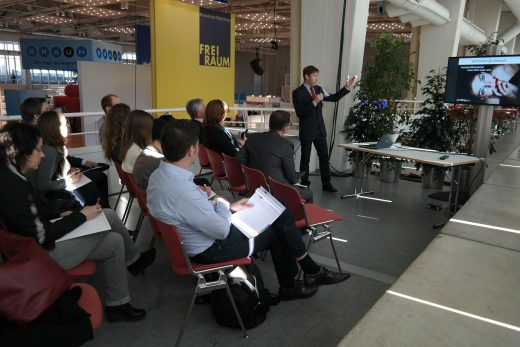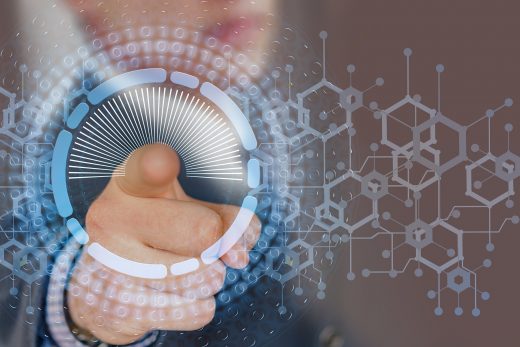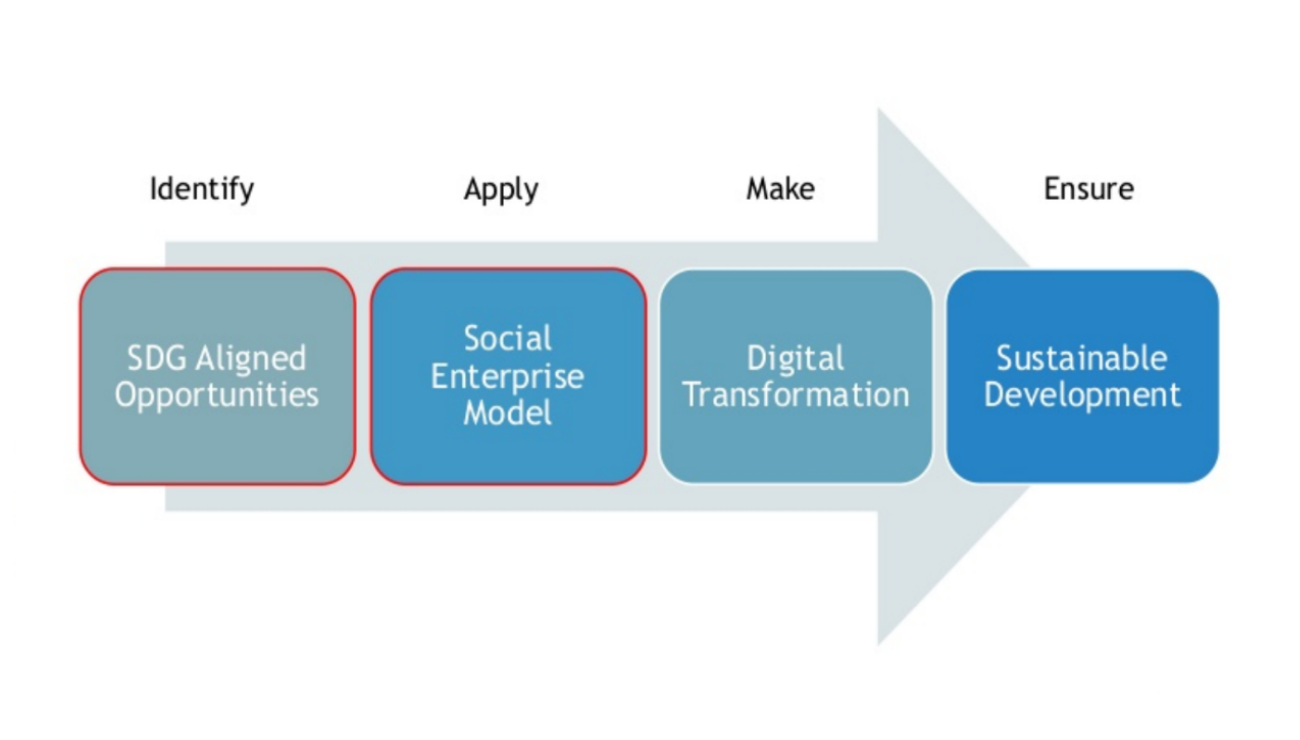Introduction
There has never been problem with the resources. The problems lie within distributions.
Conventionally, if we were to setup a t-shirt business, we would do it in these steps:
- Find a designer to come out with few designs.
- Choose the designs that we think will be bestselling.
- Send to factory for mass production.
- Distribute to outlets for sales.
- After a certain period, collect back what was not sold.
- Decide what to do with unsold items, most likely donate to charitable organizations.
Is there any better way of doing this? Say, with the help of technology and a little twist in the business model:
- Get the designs from talented, underprivileged group of people, such as orphan or kid from single parent family.
- Put the simulated t-shirt with specific design on crowd funding platform.
- Once the target orders hit, send to factory for production and distribute to consumers who ordered through the crowd funding platform.
By doing so, we are aligning our business to the United Nations Sustainable Development Goals, specifically:
Goal 8: Decent Work and Economic Growth, and
Goal 12: Responsible Consumption and Production
The new business model will not be wasting resources as it now only produce the exact number of t-shirts that the market wants. Also, the business now provides decent jobs to the less privilege group in the society while contributing a little to the economic growth.
This is only one of the many ways we can use to rectify the resources allocation issues.
Featured image by Arek Socha from Pixabay



